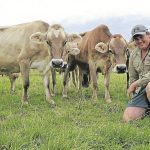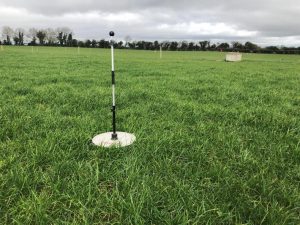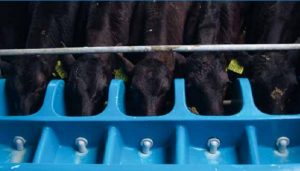
ICMSA Dairy Chairperson, Ger Quain, said that early indicators of dairy markets in 2020 makes for positive reading and that the association anticipates a series of milk price rises as the market works through the data and moves forward.
He stated: “Current market indicators highlight a demand for dairy products and we can see that very clearly in the recently published European Union Agricultural Outlook for 2019-30 Report published by the European Commission.
“They’re reporting that a ‘large share of EU milk production growth is expected to go towards cheese processing’ and moreover they’re predicting that cheese production will grow from 10.8 million tonnes in 2019 to 11.5 million tonnes in 2030.
“While consumption of liquid milk is declining across Europe, that’s going to be replaced by exports to non-European countries which are expected to keep increasing in that time period.”
Mr Quain noted that the report highlights a number of factors which will lead to increased demand.
He stated: “The report says that population growth, increased frequency of purchases and the development of cooling systems will play an important role in increasing demand in Africa, while in Asia, income growth and changing consumption habits will drive an increasing demand for fresh dairy products and cheese.
“This all looks likely to more than compensate for any falls in liquid milk consumption and as these Asian and African patterns ‘bed down’ and become more established we see the potential that’s moving markets and prices up.
“At the start of Q1 2020, the increases in butter, powders and cheeses in the last quarter of 2019 will most likely continue and the first Dutch and European dairy quotations for 2020 are supporting that idea. Dutch dairy quotations have remained strong and are returning 34.84 cents per litre for the industry standard Butter/SMP mix and 36.35 cpl for WMP after processing costs are excluded.
“So we think that we’re looking at series of prices rises that bridge the lag that unfortunately was allowed develop here between the Ornua Index and farmer price and may well carry on into Q2 and increased production periods” he concluded.

























